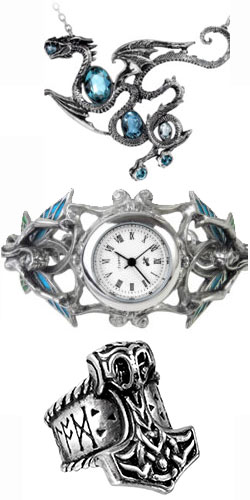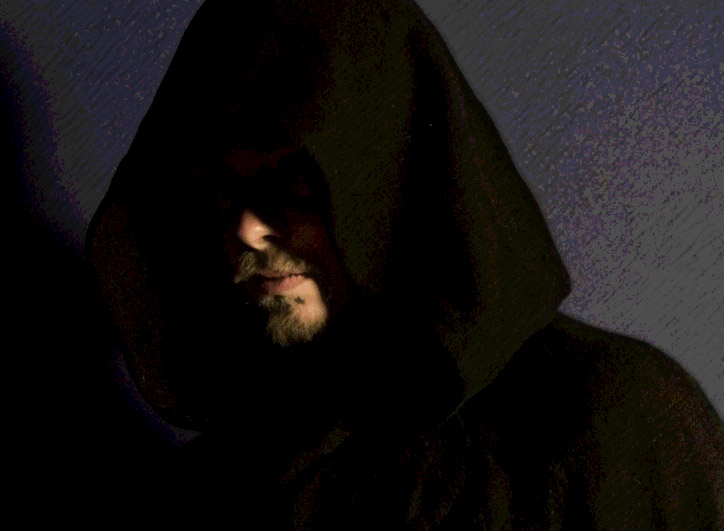How to Dress Renaissance
The Cloak—A Versatile and Elegant Garment Suitable for Any Historical Time Period
Cloaks have a rakish appearance to our modern eyes since we’re generally used to garments that fit more closely to the body. A cloak may seem like it’s not that useful because it doesn’t wrap closely around the body and just hangs loosely in the back. However, throughout history, cloaks have actually been used more for their usefulness than for their decorative purpose.
The Earliest Cloaks
Very early on, when human beings didn’t have the means necessary for making fitted clothes, they wore animal skins and furs as cloaks around them. This didn’t require a great deal of stitching. You just had to get the skin or fur completely clean and dried and then wrap it around the back and fasten it in the front, around the neck or under one arm so that that arm remained free for hunting.
Greek and Roman Cloaks
When civilization started to take root, the cloak or the cape still continued to be popular among the Greeks and Romans. The Greek himation and the Roman palla and toga were actually forms of cloaks. The himation and the palla were rectangular shaped cloaks and the toga was a segment of a circle.
Cloaks in the Early Middle Ages
In the early middle ages, cloaks were quite popular and worn by both men and women over their long Roman-style tunics. Sometimes, they were tied with a brooch at the neck, and at other times, there were metallic cords holding the two sides together.
Cloaks in the Late Middle Ages
From the 14th century on, cloaks became less popular and were replaced by the surcote. However, cloaks continued to be worn for riding and traveling. For traveling, a cloak was a little bit like a blanket attached to your person, and you could just get cozy inside it when forced to spend all those hours in a jolting carriage. At this time, people also started wearing hoods and capes more often.
Cloaks After the Middle Ages
Towards the end of the middle-ages, after a hiatus of a hundred years or so, cloaks started to become more popular again and this time, many of them were just purely decorative. It was considered fashionable to just lazily hold your cape with one hand, let it fall over one shoulder and have it decorated with fur or lined with silk.
Famous Cloak Styles
Some cloaks were named after their infamous wearers such as the Nithsdale which was a long, hooded, fur-lined riding cloak named after the Countess Nithsdale who helped her husband escape from the Tower of London in 1716.
So if you decide to wear a cloak with your costume, it’s quite likely that you will be dressing correctly for whatever period you decide to go with because cloaks have been worn since humans started covering their bodies until very recently. And you have a number of different cloaks to choose from—rectangular cloaks, semicircular cloaks, silk cloaks for evening dress, capes to go over large skirts etc, making them versatile as well as elegant at the same time.


